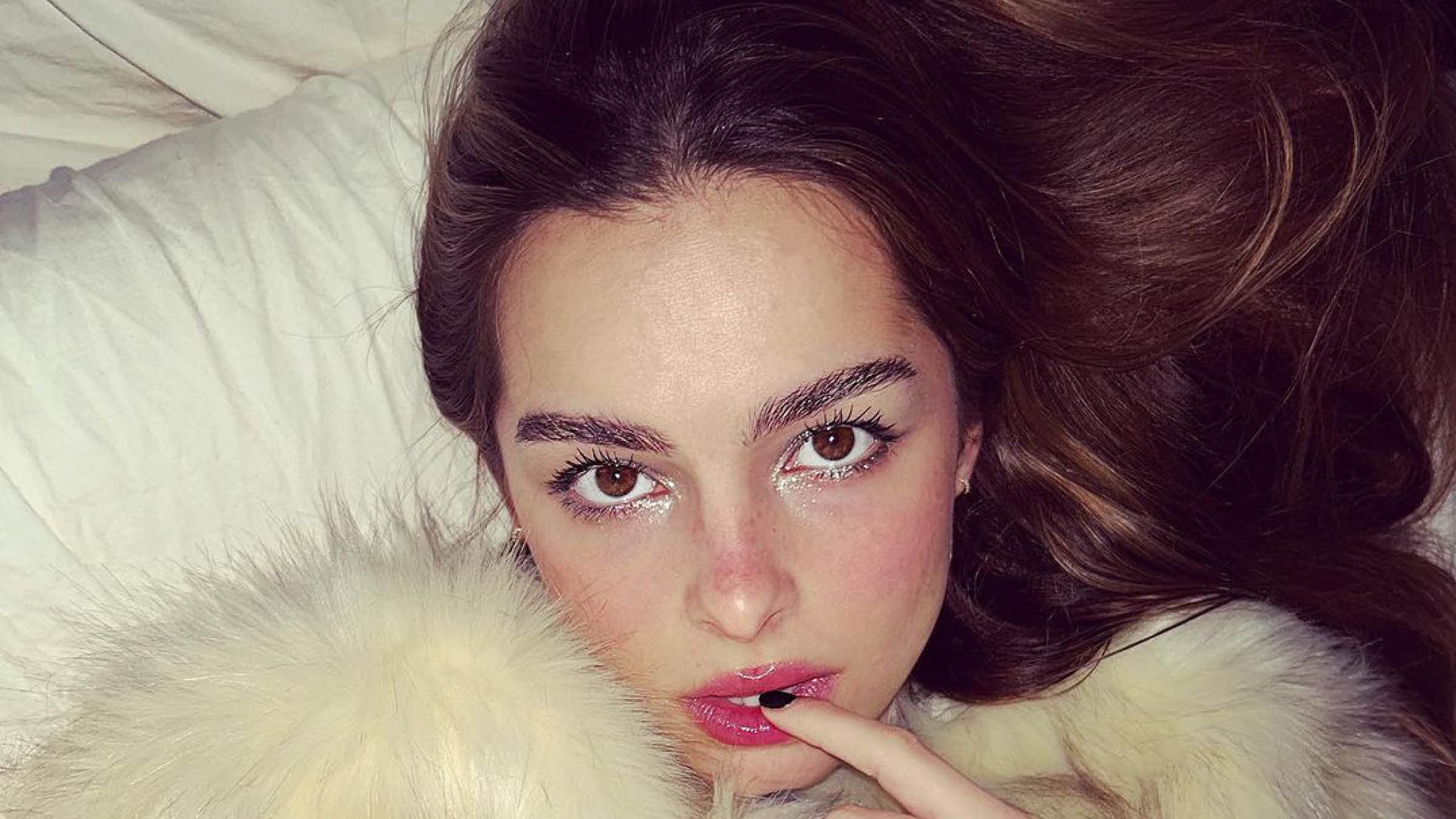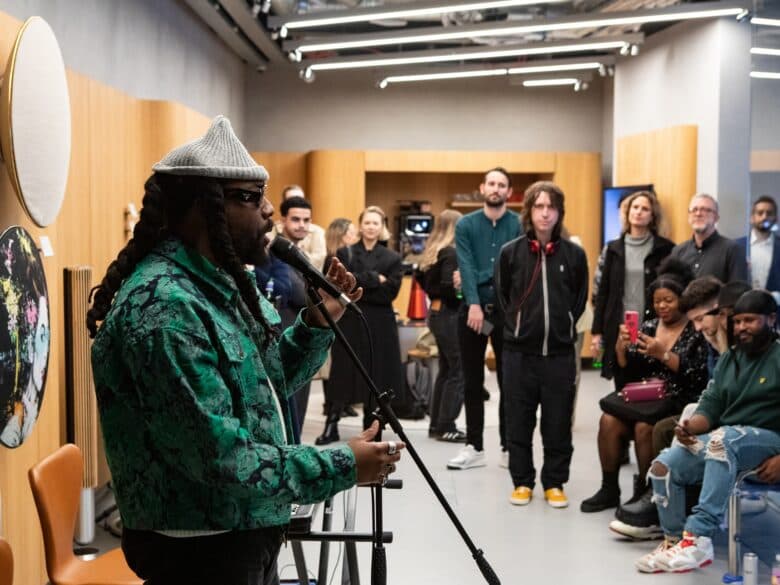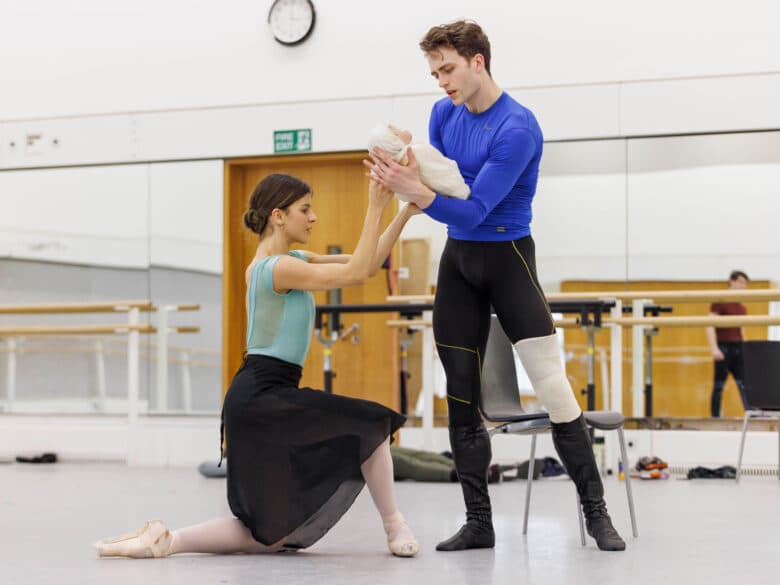Remember those cringe Instagram filters? Well, they’re back

Fans of Valencia and Sierra rejoice. To those who see a sepia-hued, vignette heavy photo and shudder: it’s time to look away. Instagram filters are back and making waves in a wildly different way to their early days in 2010. Though it used to be common to scroll through an entire feed of photographs touched by filters like Juno or Reyes, for a long time they fell off. Their OTT stylings were swapped out for more subtle presets made on apps like Lightroom, and recent discussions of Instagram filters have conjured up those from the augmented reality side of things rather than those like Clarendon and Lark. That was until Addison Rae posted a few Instagrams anyway.
Rae’s use of a ye olde Instagram filter says a lot. “It’s due to the nostalgia for old web we are seeing amongst young Millennials and Gen Z right now” Rukiat Ashawe of The Digital Fairy, a creative agency and internet culture specialist, tells HUNGER. She points to “the resurgence of aesthetics like Frutiger Aero and Gen X Soft Club” as other examples of this. For Rukiat, these Instagram filters represent a “time before the creator economy truly became a thing. When nobody spoke about algorithms or monetisation”.
Bee Beardsworth, an influencer and the editorial director of Sondr magazine, echoes this. She even goes as far as calling Rae’s use of the filters a “marketing move”. Rather than commodifying her image to flog tat to her fans, her “Tumblr-esque confessionals are transgressive”: “for celebrities, using these filters is like saying ‘I’m not using Instagram to sell you things’”. It’s a subversive and somewhat risky marketing ploy, though. It’s built around irony and the hope of finding those other Gen Z-ers that crave something more authentic than the online presence they’ve become used to. Because of this, we might be witnessing a phenomenon that dies out as quickly as it once appeared. For Cariad Eccles, a social media manager at creative agency Trunk BBI, “it will be interesting to see how this trend evolves. Whether old Instagram filters become mainstream or just a remain a niche, cult phenomenon.”
But irony, nostalgia, and whether it’s a clever marketing ploy aside, something like Rae’s post is a maddening symptom of the information age. It’s likely that Addison wasn’t even part of the pockets of online culture that she’s now referencing. While her use of them implies a kind of nostalgia, it’s also a testament to how things are running dry when it comes to digging into the past for contemporary inspo. “The timeline of referencing is becoming increasingly short,” adds Bee. “Using a filter is now considered retro… It was only ten years ago people were actually doing this. It’s expected though. There’s been such a return to nostalgia in the past two or three years. These filters are just the next phase. They’re the next digital camera, or the next iteration of the photo dump”.
It’s not just cool girls getting in on the action. Those behind the filters now being used in a tongue in cheek manner are actually making more. In November of last year, it was announced that Instagram is adding 25 new filters to the app. Essentially, it seems that all signs point to whatever the opposite of #NoFilter is. Will you pop one on? It’s a tough decision. What makes their resurgence so characteristically 2024 is just how multilayered it is. As Bee mentioned, it’s a movement built around irony: getting the desired response from your audience relies on having one that understands that. If you’re an Addison Rae type, go for it. If you’re not, don’t expect the same results. Take Taylor Swift, for instance. A long time, un-ironic user of Instagram filters, she not so much a transgressive “It” girl as a decidedly norm-core millennial. It’s tricky. At the end of the day, who cares? Pop a filter on or don’t pop a filter on. What’s most important is that you start leaning into the core principle behind their resurgence: that of, consciously or unconsciously, giving less of a fuck.

